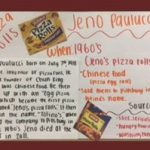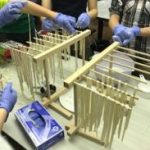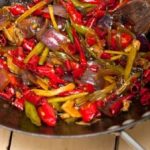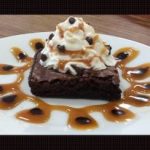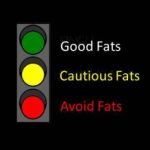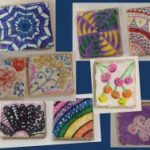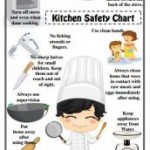
Not sure if this happens to you are not, but when I have guys in a foods class, their foremost requests are “Can we cook meat?” and “Can we go outside?” So in the spring of the year, when we are nearing the end of the school year, I try to honor these requests. But to make it practical, I give them a comparison shopping assignment, shared with me by FACS teacher Amanda Swallow. Students have to investigate gas grills and make a decision as to what they’d purchase. After all, it is a large item purchase so they wouldn’t just want to buy the first model they see. Following that project, we do discuss the difference between indoor and outdoor grilling, including pros/cons, options and safety before preparing a Chicken Kabob lab! So, how do you teach grilling in your classroom? Please share ideas in the comment section below.
Read more →



